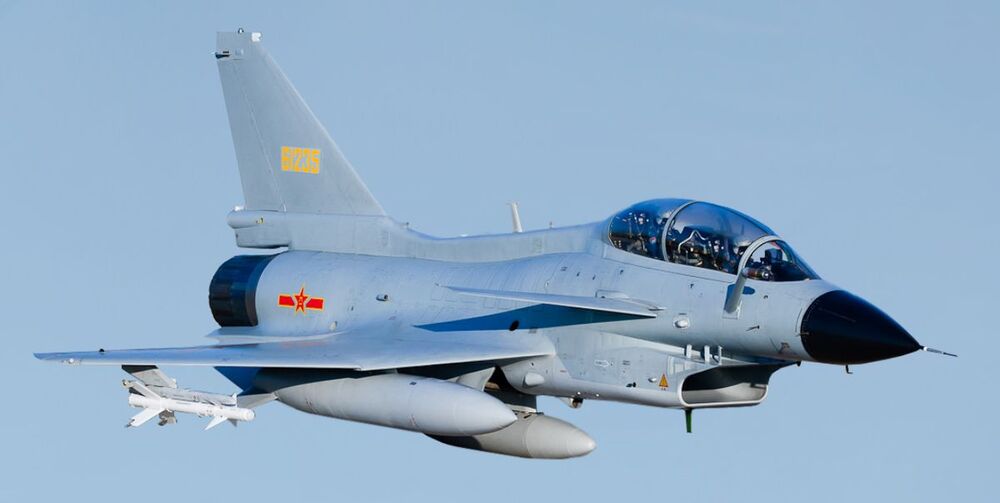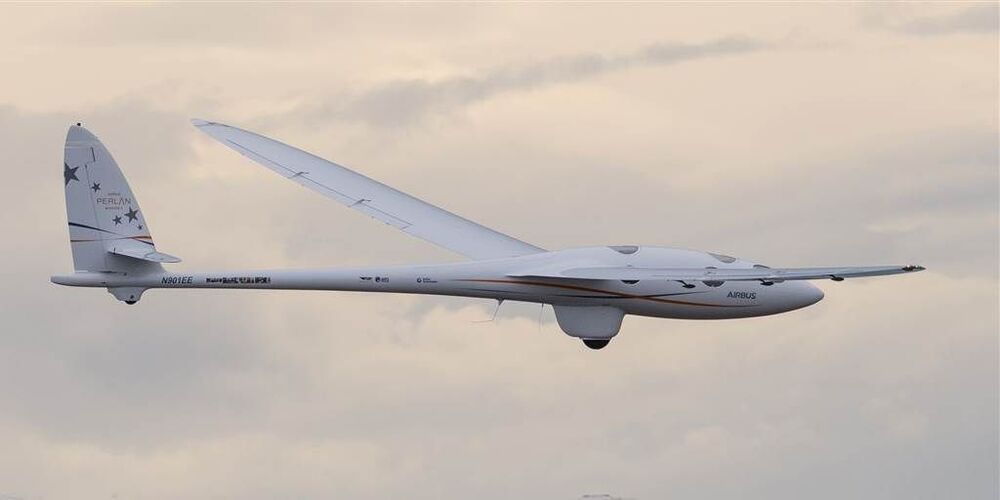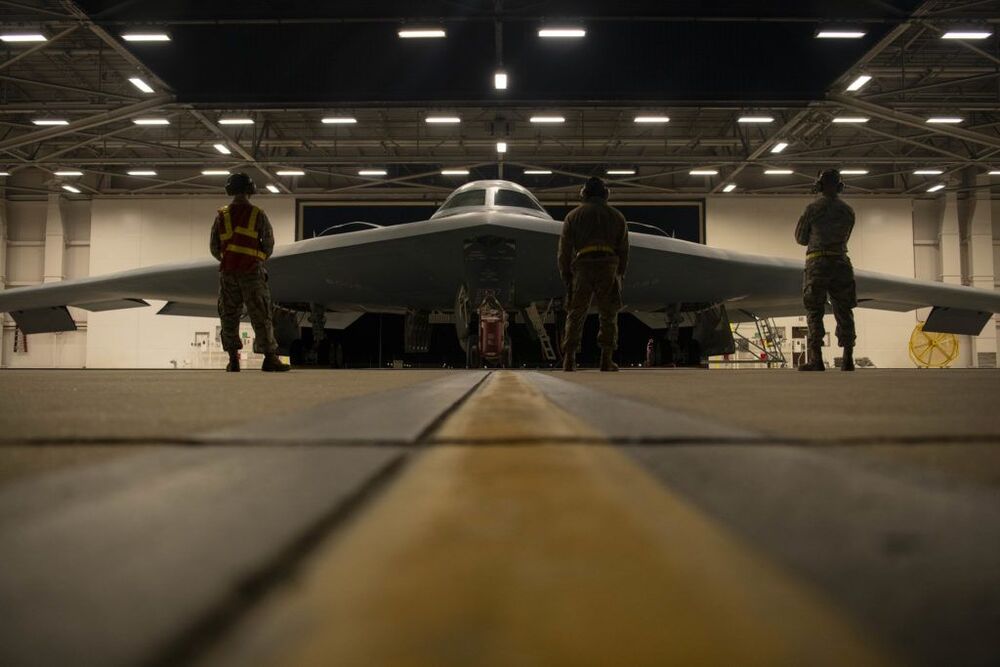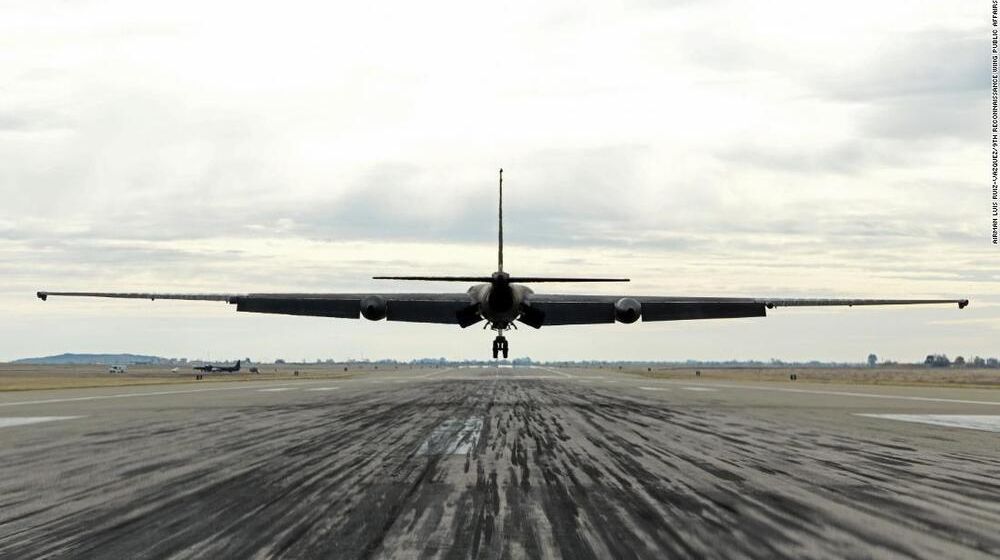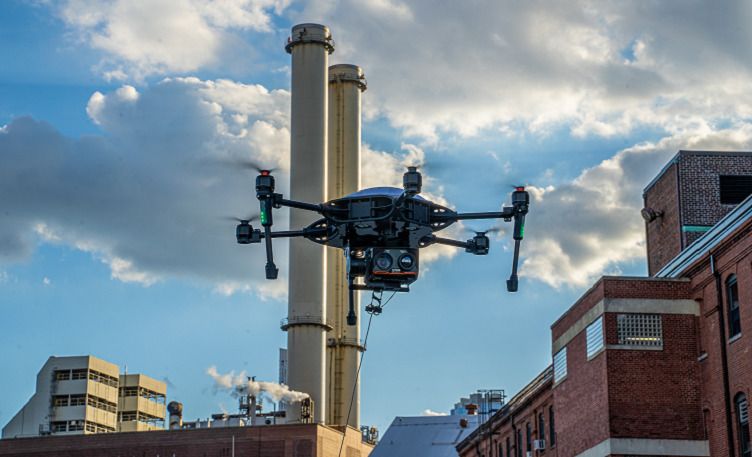Mar 7, 2021
Central banks around the world want to get into digital currencies—here’s why
Posted by Derick Lee in categories: biotech/medical, cryptocurrencies, economics, finance, food, government, surveillance
Advocates contend central bank digital currencies can make cross-border transactions easier, promote financial inclusion and provide payment system stability. There are also privacy and surveillance risks with government-issued digital currencies. And in times of economic uncertainty, people may be more likely to pull their funds from commercial banks, accelerating a bank run.
Intense interest in cryptocurrencies and the Covid-19 pandemic have sparked debate among central banks on whether they should issue digital currencies of their own.
China has been in the lead in developing its own digital currency. It’s been working on the initiative since 2014. Chinese central bank officials have already conducted massive trials in major cities including Shenzhen, Chengdu and Hangzhou.
Continue reading “Central banks around the world want to get into digital currencies—here’s why” »

